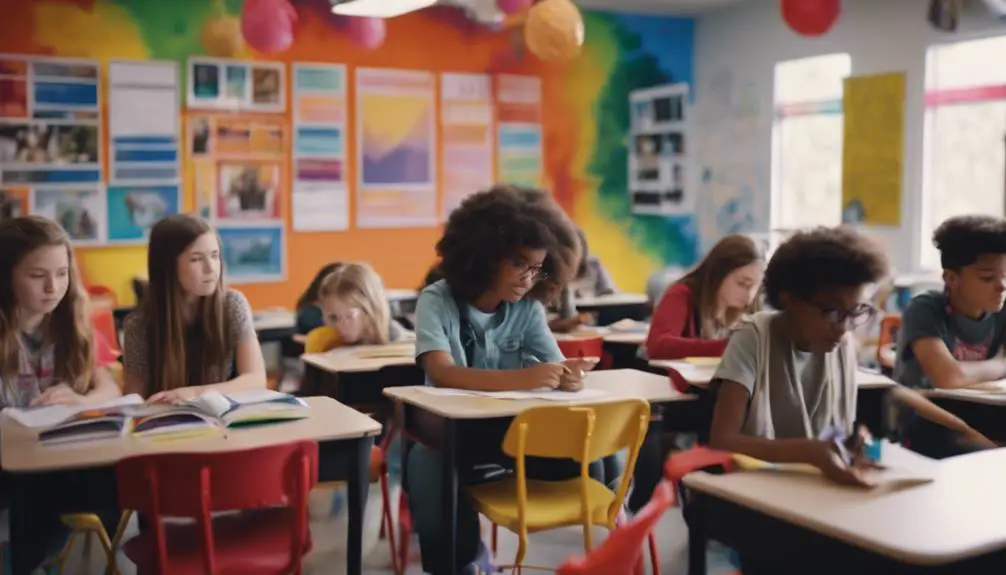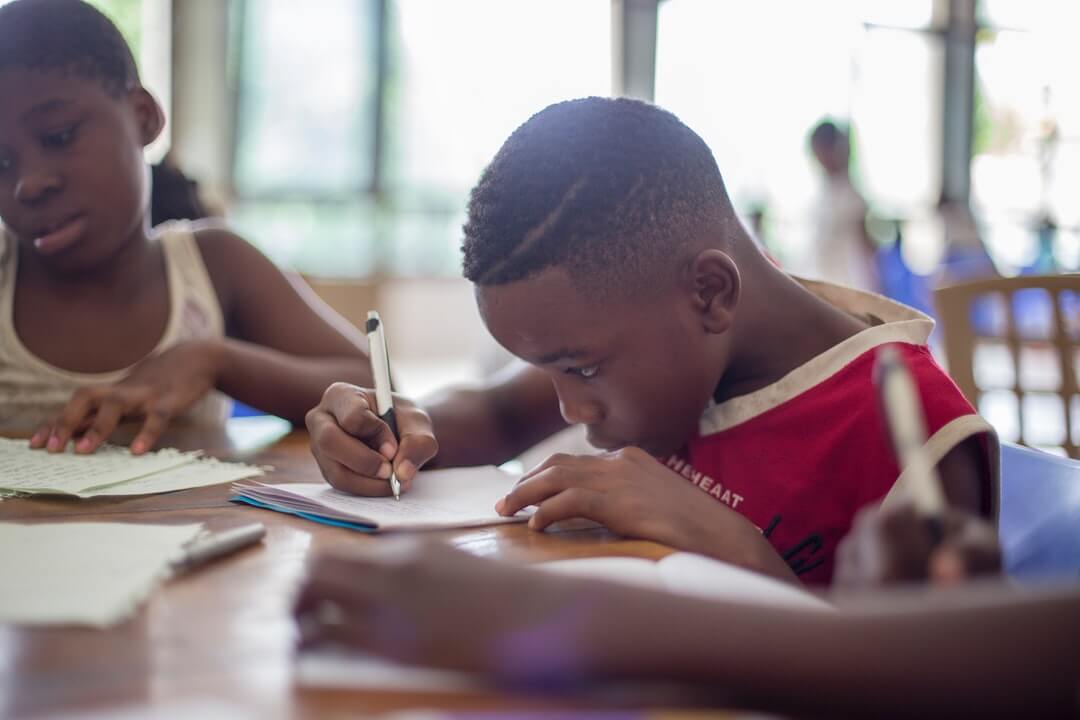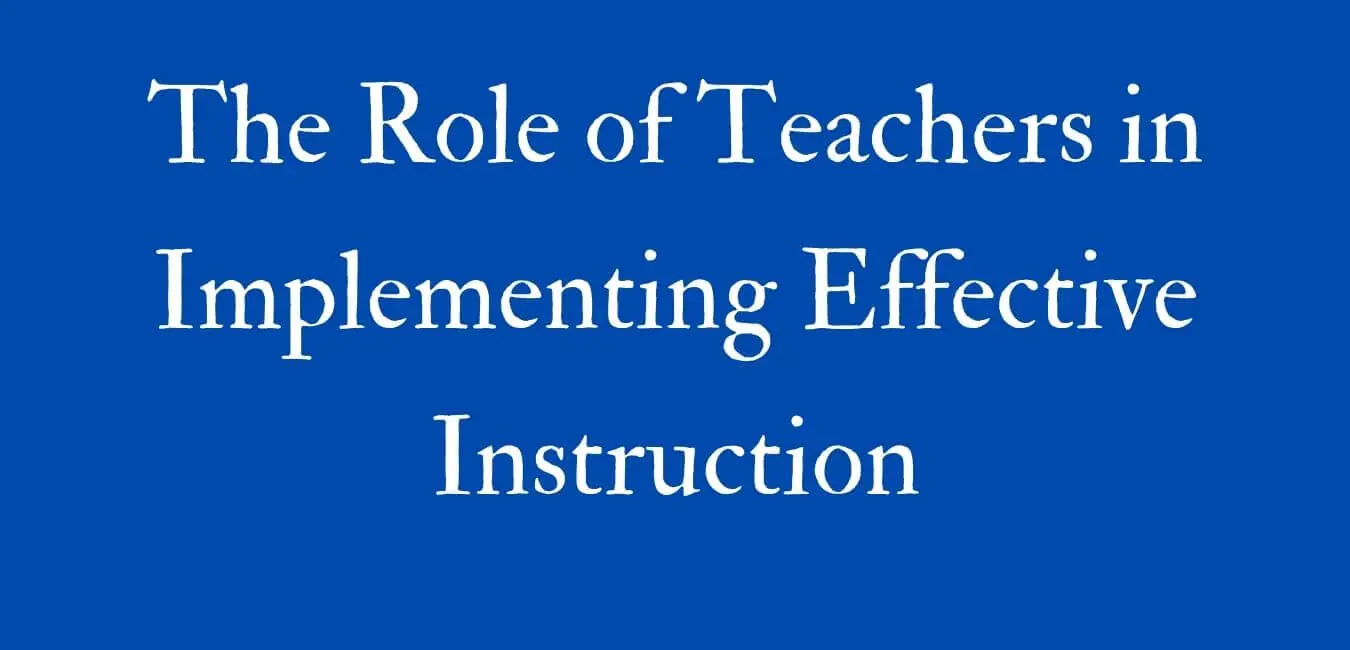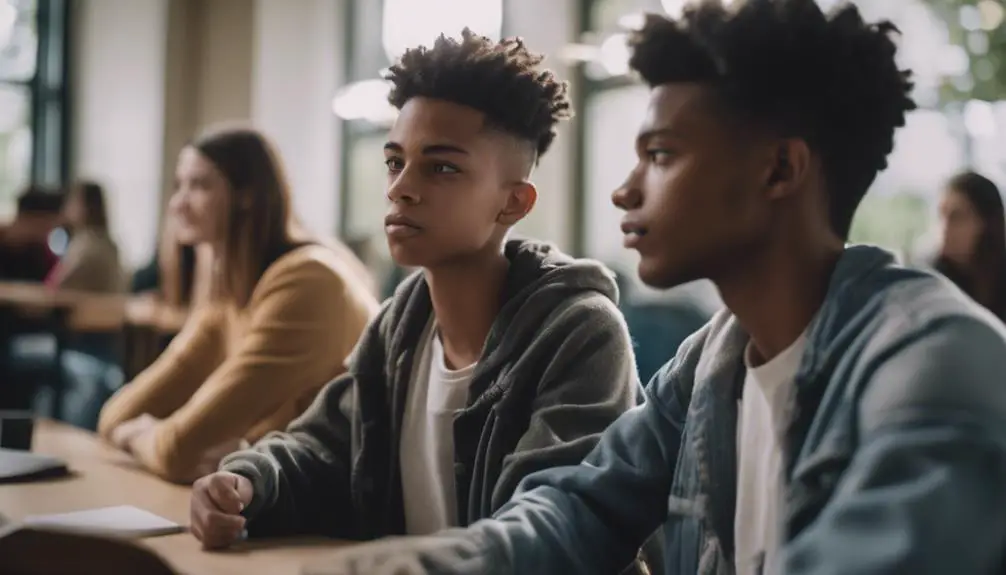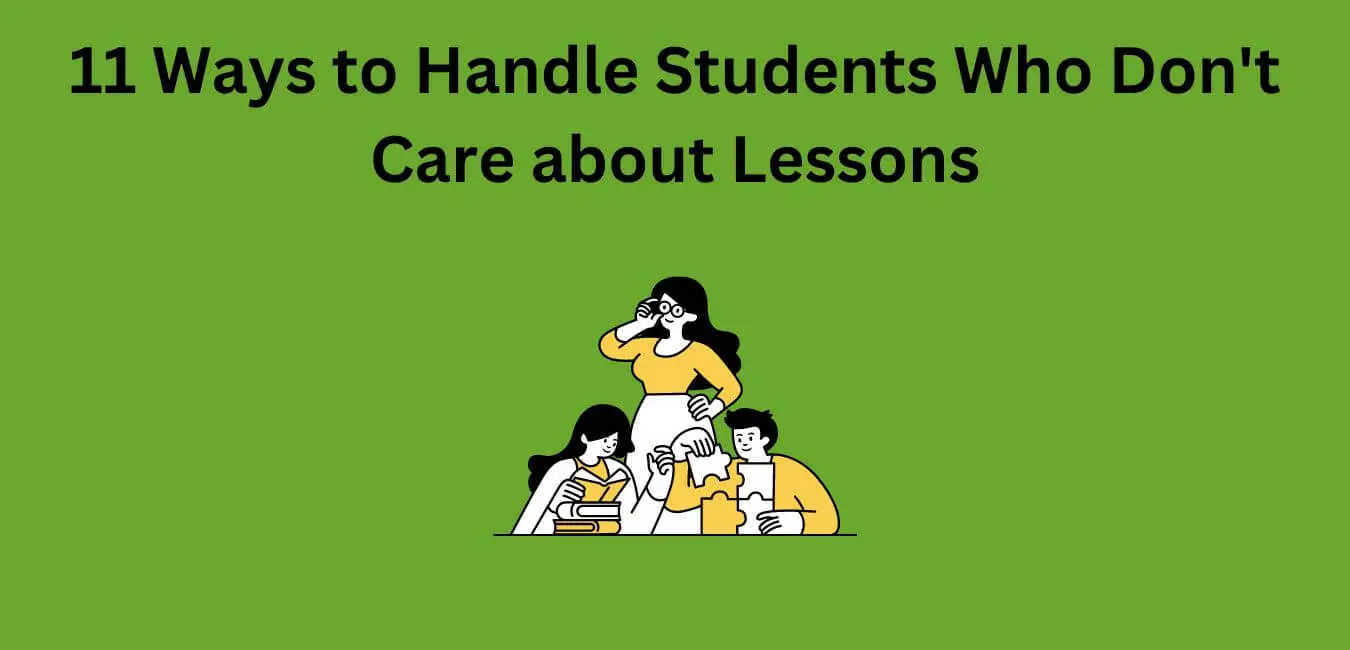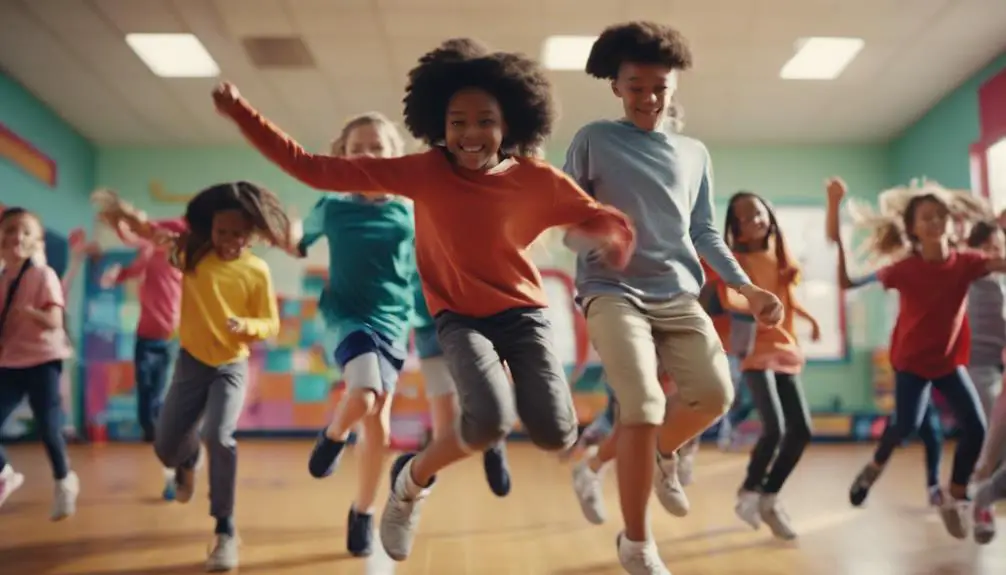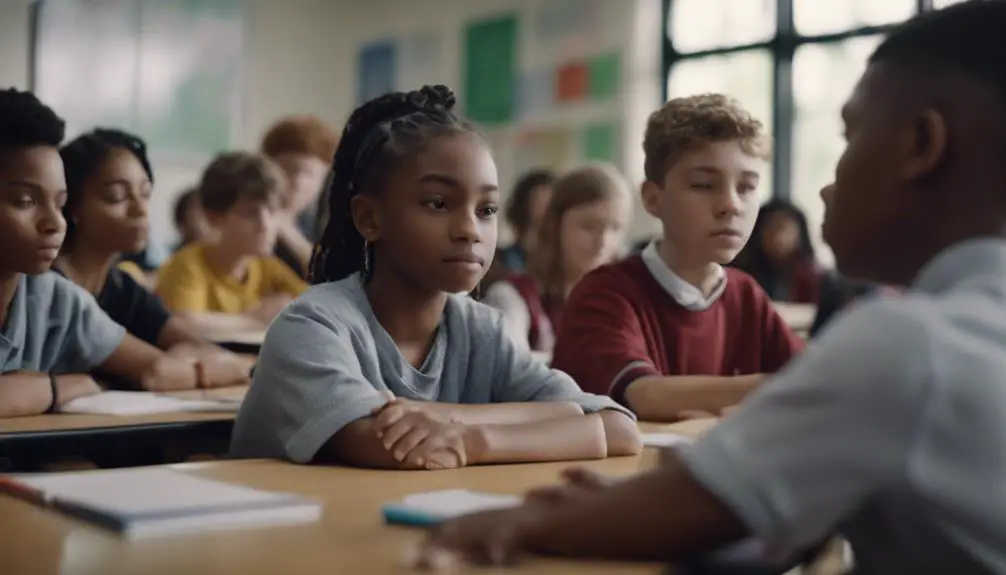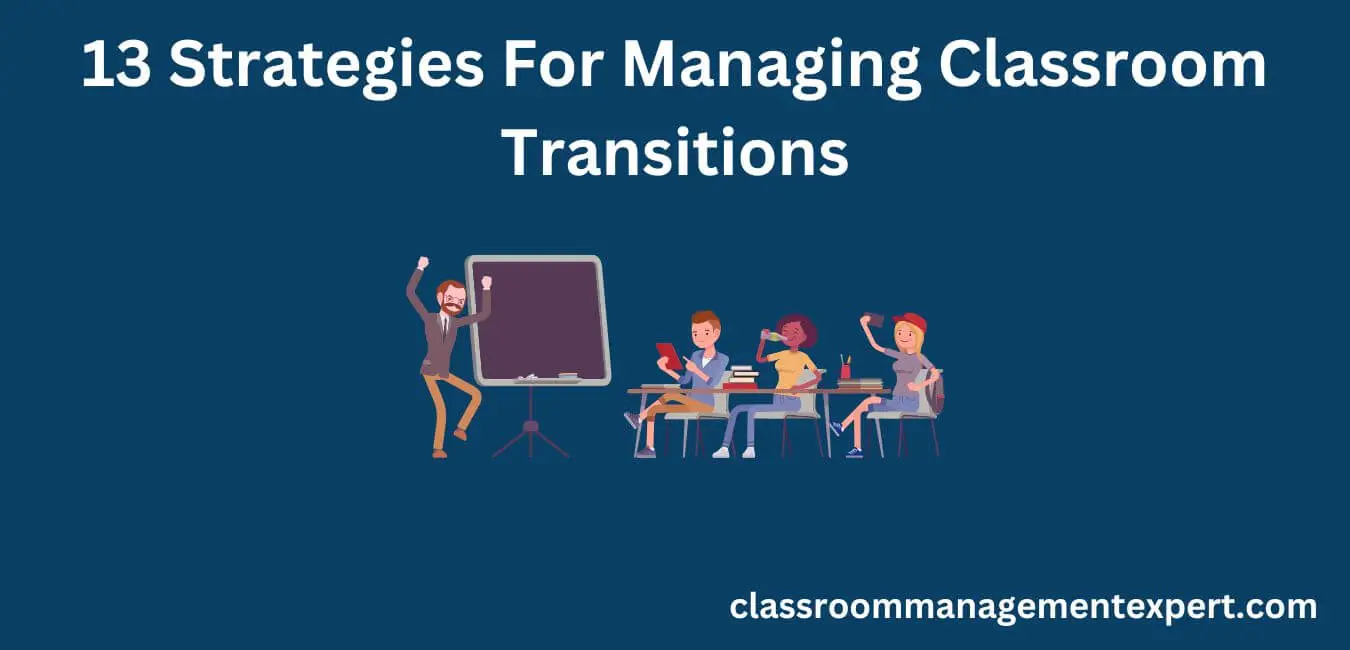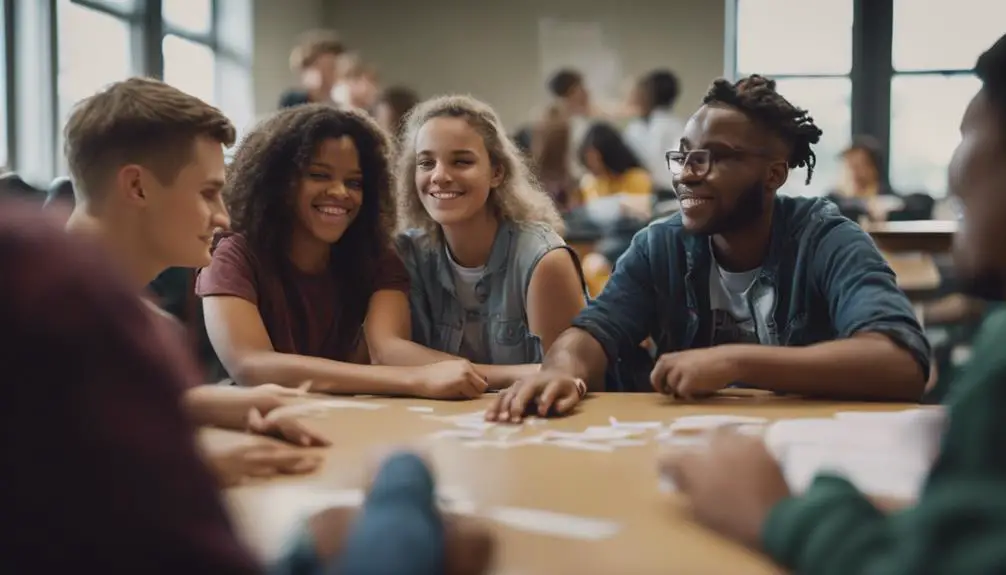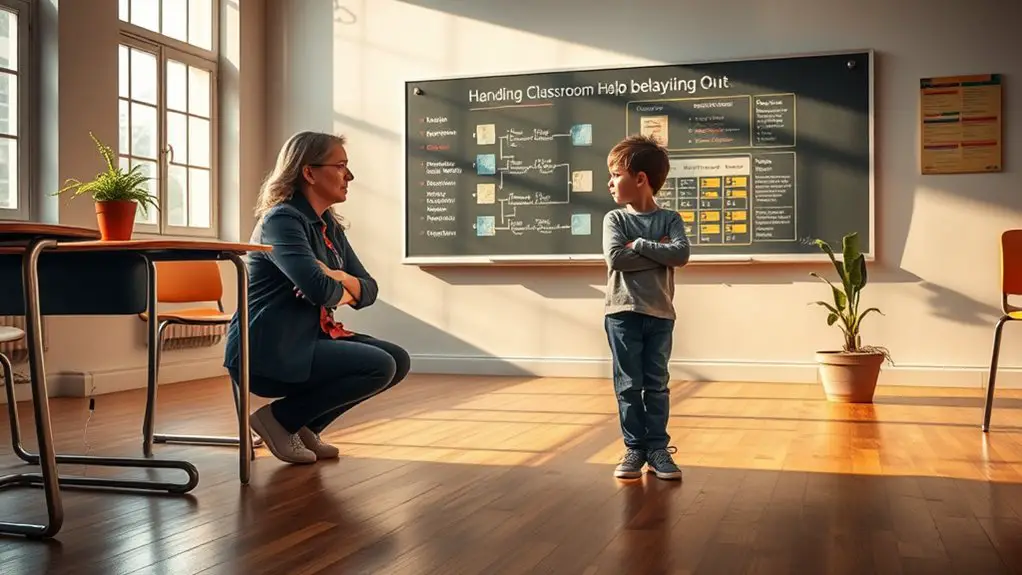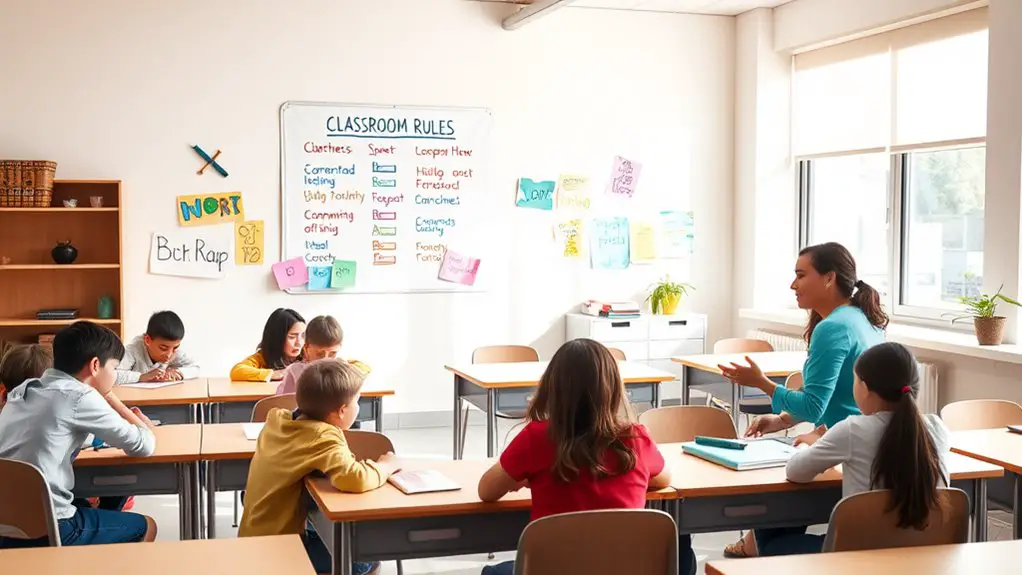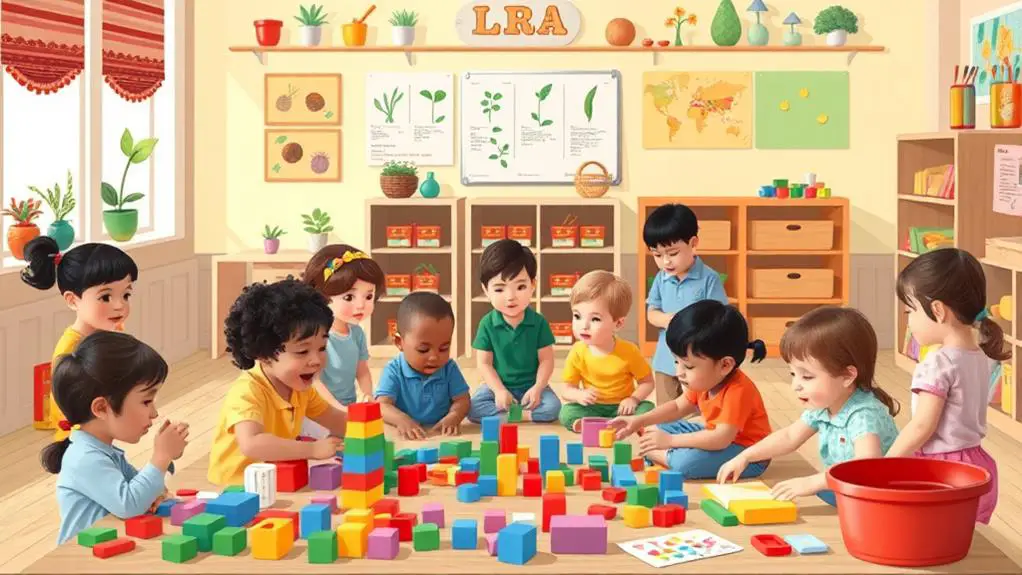Incorporating play into learning can significantly enhance student engagement and retention. Transforming a traditional classroom into a vibrant learning environment fosters curiosity and creativity among students. It’s important to focus not just on the material being taught, but also on the methods used to convey that information. A blend of structure and creativity is essential to make this transformation successful.
One effective technique is the use of gamification, where educational content is presented in the format of games. This can include quizzes with competitive elements or interactive simulations that relate to real-world scenarios. For instance, using platforms like Kahoot! or Quizizz can turn assessments into fun, engaging activities that motivate students to participate actively.
Another approach is project-based learning, which allows students to work on real-life problems or projects that interest them. This method encourages collaboration and critical thinking. For example, organizing a class project where students create their own business plan can teach them about economics while also developing teamwork and presentation skills.
Incorporating technology can also make learning more interactive. Tools like Google Classroom or Padlet enable students to share ideas and resources easily, fostering an environment of collaboration. Virtual reality experiences can transport students to different settings, enriching their understanding of complex concepts in subjects like history or science.
Creating a flexible classroom layout is another important aspect. Arranging desks in clusters rather than rows encourages group work and discussions. Allowing students to choose their seating can also make them feel more comfortable and engaged during lessons.
These strategies not only make learning enjoyable but also help students retain information better, as they are actively involved in the process. Emphasizing a hands-on approach and encouraging creativity can reshape the learning experience, making it memorable and effective.
Incorporate Gamification Techniques
Integrating gamification techniques into the classroom can significantly enhance student engagement with learning. Implementing point systems and achievement badges serves to motivate students while also instilling a sense of accomplishment. When students earn digital rewards, they’ve clear goals to strive for, making their learning experience more purposeful.
Introducing leaderboard challenges fosters a spirit of friendly competition among students. They thrive in an environment that encourages collaboration during team competitions, where they tackle narrative-driven quests that transform learning into an adventure.
Using skill-based games and collaborative puzzles allows students to work together effectively, sharing ideas and building a supportive community in the process. Role-playing scenarios elevate engagement further. Students can step into different perspectives, which deepens their understanding of complex topics.
Establishing feedback loops is crucial, as they provide students with constructive input on their performance. The impact of these gamification techniques is remarkable; they cultivate an environment where learning becomes not just a task, but a fun and rewarding experience.
For practical application, consider using platforms like Kahoot for quizzes, Classcraft for role-playing elements, or Quizlet for collaborative study games. These tools can bring the excitement of gamification into your classroom, encouraging participation and enhancing learning outcomes.
Utilize Interactive Technology
I’m eager to explore the potential of interactive technology to enhance learning experiences in the classroom. Transforming lessons into games, utilizing educational apps, and integrating virtual reality tools can engage students in dynamic ways that make education not only effective but also enjoyable. These strategies can inject a new level of excitement into teaching.
For instance, gamifying lessons can motivate students to participate actively. By turning assignments into challenges or competitions, students may become more invested in their learning.
Educational apps, such as Kahoot! and Quizlet, provide interactive ways to review material and assess understanding in real-time. Moreover, virtual reality tools like Google Expeditions can transport students to historical sites or distant planets, making abstract concepts more tangible and relatable.
Incorporating these technologies is essential because they cater to various learning styles and keep students engaged. The modern classroom must adapt to the digital age, ensuring that students aren’t only consumers of information but also active participants in their learning journey.
Gamify Learning Experiences
Transforming traditional classrooms into dynamic learning environments enhances student engagement significantly. Integrating game mechanics creates immersive experiences that motivate students and enrich their educational journeys.
Here are three effective strategies I’ve implemented:
- Point Systems & Achievement Badges: I establish point systems wherein students accumulate points for completing assignments, contributing to discussions, and reaching educational milestones. This approach promotes tracking of progress and offers tangible incentives, such as achievement badges, that recognize their efforts.
- Leaderboard Challenges: Introducing competition through leaderboard challenges instills a sense of healthy rivalry among students. They can observe their rankings based on skill levels and participation, which inspires them to strive for improvement.
- Team Quests & Cooperative Challenges: Utilizing role-playing games and collaborative quests fosters teamwork among students. They work together to tackle challenges, enhancing their cooperative skills while deepening their understanding of the subject matter through continuous feedback.
These strategies have led to increased student engagement with the content. Gamification transforms lessons into thrilling experiences, making education both enjoyable and significant.
Witnessing students flourish in this vibrant atmosphere is truly gratifying!
Incorporate Educational Apps
Educational apps significantly enhance the way students engage with learning materials, making their experiences more interactive and tailored to individual needs. Incorporating these resources into your classroom opens up avenues for mobile learning that align with the interests of today’s tech-savvy youth. Utilizing educational games and skill-based applications has proven to inspire students to embrace challenges in an enjoyable manner.
Here’s a concise overview of effective educational app types and their advantages:
| App Type | Benefits |
|---|---|
| Educational Games | Promotes teamwork and friendly competition |
| Interactive Quizzes | Offers immediate feedback and assessment |
| Digital Storytelling | Enhances creativity and personal expression |
| Classroom Challenges | Encourages collaboration and critical thinking |
| Peer Feedback | Strengthens communication and analytical skills |
Integrating virtual classrooms and interactive quizzes keeps students involved, while classroom challenges cultivate a competitive yet cooperative atmosphere. The use of these tools fosters meaningful peer feedback, transforming learning into a collaborative experience. Embracing educational apps can elevate teaching practices and offer students a richer, more engaging educational journey.
Use Virtual Reality Tools
The emergence of interactive technology has significantly changed how we approach education, particularly through the integration of virtual reality (VR) tools in the classroom. VR presents an exceptional opportunity for students to engage in immersive learning experiences that captivate their attention.
With virtual reality simulations, we can construct environments where students explore concepts in a three-dimensional space, making abstract ideas more concrete.
Here are three strategies I employ to enhance learning through VR:
- Virtual Field Trips: I guide my class on explorations around the world, immersing them in diverse cultures and ecosystems without the need to leave the classroom. This firsthand experience allows students to gain a deeper appreciation for global diversity.
- Interactive Storytelling: Using VR, I enable students to step into narratives, allowing them to experience stories from a new perspective. This method not only enhances their understanding but also builds empathy as they connect with characters and situations on a personal level.
- Collaborative VR Projects: Students collaborate in virtual environments, which promotes teamwork and communication skills. Through gamified VR lessons, they work together to solve challenges, fostering a sense of community and cooperation.
Furthermore, augmented reality applications complement VR by overlaying additional information on real-world views, enhancing the learning experience.
Utilizing these technologies not only facilitates teaching but also ignites curiosity and a passion for learning among students.
Foster Collaborative Learning
One effective method I use to engage students is fostering collaborative learning in the classroom. When students work together, they gain a deeper understanding of the material while also developing essential interpersonal skills. Peer mentoring plays a crucial role, as students support one another and enhance their overall learning experience.
I often implement group projects that encourage critical and creative thinking. Team challenges and collaborative games inject an element of fun and friendly competition, which motivates students to actively participate. I provide shared resources to stimulate brainstorming sessions, where students can come up with innovative solutions together.
These collaborative moments not only generate fresh ideas but also cultivate a sense of community within the classroom. Dialogue circles and discussion forums serve as platforms for open communication, enabling students to articulate their thoughts and learn from a variety of perspectives.
I also integrate project-based learning, where students work on real-world issues through cooperative exercises. This approach not only makes learning relevant but also fosters a sense of responsibility among students.
For instance, in a recent project, students collaborated to address environmental challenges in their local community. They researched, developed action plans, and presented their findings to their peers, gaining valuable insights and experiences along the way.
This not only reinforced their academic learning but also instilled a sense of purpose and engagement with their surroundings.
Create Hands-On Activities
Creating hands-on activities turns abstract concepts into real experiences that resonate with students. When I implement these activities, I observe increased student engagement, leading to a deeper understanding and heightened curiosity.
Here are three effective strategies for developing hands-on learning experiences:
- Interactive Stations: I establish various stations where students explore topics through crafting and sensory activities. Each station invites them to experiment and express their understanding creatively, enhancing their grasp of the subject matter.
- Science Experiments: Incorporating simple science experiments allows students to see phenomena in action. This approach not only reinforces scientific principles but also encourages collaboration as they work together on projects, fostering teamwork and communication skills.
- Role Play and Outdoor Learning: Integrating role play into lessons enables students to embody historical figures or concepts, making the learning experience immersive. Taking lessons outdoors whenever possible connects students with nature, allowing them to apply their knowledge in real-world contexts and promoting a deeper appreciation for the environment.
These hands-on activities are vital because they bridge the gap between theory and practice, engaging students in meaningful ways and enhancing their overall learning experience.
Implement Storytelling Approaches
Storytelling transforms lessons into engaging experiences that resonate deeply with students, making the content both relatable and memorable. Utilizing narrative techniques enhances emotional engagement, allowing students to connect with the material on a personal level. Through character development, learners can see themselves reflected in the characters’ journeys, fostering empathy and understanding.
Employing a structured plot framework facilitates discussions about the significance of conflict and resolution, essential components in any narrative. Incorporating cultural storytelling enriches our lessons, enabling students to explore diverse perspectives. Encouraging them to share their own personal stories cultivates an interactive narrative that builds a sense of community within the classroom.
Visual storytelling further enhances these experiences, using images and videos to bring concepts to life, capturing students’ attention and igniting their curiosity. To enhance student involvement, I implement story mapping, which allows learners to visualize a story’s elements while promoting collaboration.
Through these storytelling approaches, I’ve observed a remarkable increase in student engagement and enthusiasm for learning. They move beyond passive absorption of information to active participation in the educational process, creating a dynamic classroom environment where each individual feels valued and inspired.
The art of storytelling serves as a powerful tool to ignite curiosity and foster a love for learning.
Organize Themed Learning Days
I’m excited about the prospect of organizing themed learning days to ignite enthusiasm in the classroom. Selecting captivating themes and integrating hands-on activities can create memorable learning experiences for my students. When I encourage their involvement, it elevates the entire experience into something truly unique and enjoyable.
For instance, a science-themed day could include fun experiments that allow students to observe chemical reactions firsthand. This not only makes learning interactive but also helps them grasp complex concepts in a practical way.
Another idea could be a historical theme where students dress up as historical figures and participate in role-playing activities, fostering a deeper understanding of the past.
Incorporating these themes not only makes lessons more engaging but also promotes teamwork and communication skills among students. They learn to work together, share ideas, and support each other in their discoveries.
Choose Engaging Themes
Throughout the school year, selecting engaging themes to organize themed learning days can significantly enhance the classroom experience. Incorporating themes not only makes learning more dynamic but also cultivates a sense of community among students.
Here are three effective ideas:
- Cultural Weeks: Celebrating diversity through themed decorations, food, and projects allows students to gain a deeper appreciation for various cultures. This approach encourages interdisciplinary connections, enriching their understanding of the world around them.
- Character Days: Having students dress up as their favorite literary characters ignites interest in reading while facilitating historical reenactments. This activity invites students to investigate storytelling in an enjoyable and interactive manner.
- Seasonal Projects: Linking lessons to the changing seasons keeps students engaged and helps them relate their learning to personal experiences. For example, creating art projects or conducting science experiments that reflect weather changes enables students to apply their knowledge in practical contexts.
Incorporate Hands-On Activities
Building on the enthusiasm generated by engaging themes, integrating hands-on activities can elevate themed learning days significantly. Creative experiments spark curiosity and make science engaging and relatable. For instance, hosting a science fair where students present their projects through interactive demonstrations not only enhances project-based learning but also promotes collaboration and peer sharing.
Sensory exploration serves as another effective strategy. Organizing workshops that focus on art integration allows students to express their creativity while deepening their grasp of various concepts. Activities in nature, such as outdoor scavenger hunts, encourage physical activity and intellectual engagement, fostering teamwork through shared problem-solving challenges.
Incorporating team-building exercises that demand collaboration is also beneficial. These activities instill a sense of reliance on one another, contributing to a nurturing classroom atmosphere. Whether students are piecing together puzzles or collaborating on artistic projects, the resulting sense of community enriches their overall learning experience.
Ultimately, when themed learning days are designed with a focus on hands-on activities, students are empowered to take the lead in their educational journeys. This approach cultivates an environment that isn’t only informative but also enjoyable and interactive.
Encourage Student Participation
The thrill of themed learning days can significantly increase student participation in the classroom. When we center our lessons around a particular theme, students often feel more engaged and eager to share their thoughts. This approach fosters an interactive environment where every student feels valued.
Here are three effective strategies I’ve put into practice:
- Theme-Based Projects: Allow students to select their own projects that connect with the theme. This approach promotes creativity and gives them a sense of ownership over their learning journey. For instance, during a science theme, students might choose to create a model of the solar system or conduct experiments related to planets.
- Peer Feedback Sessions: Schedule designated times for students to offer and receive feedback from their classmates. This practice not only builds their confidence but also cultivates a supportive community. For example, after presenting their projects, students can provide constructive feedback to one another, which enhances their communication skills.
- Student-Led Discussions: Encourage students to take the lead in discussions about the theme. When they take responsibility for the conversation, they feel more empowered and are more likely to engage actively. For instance, in a literature unit, students could facilitate a discussion on a book’s themes, encouraging their peers to share insights and opinions.
Implementing these strategies can transform the classroom into a dynamic learning space where all students feel motivated to participate and contribute.
Encourage Student Choice
In a classroom filled with creativity, allowing student choice can change learning from a task to an exciting journey. When I weave student interests into my lessons, it boosts engagement and gives them a sense of ownership over their education. I use choice boards, presenting various topics that let students pick what resonates with them personally. This method leads to projects fueled by their passions, showcasing their unique viewpoints.
Personal projects have the power to spark curiosity. When students chart their own courses, they embrace independent learning, exploring subjects that hold meaning for them. This independence inspires them to take chances and think outside the box.
I also prioritize opportunities for feedback, where students can share their thoughts and receive constructive suggestions from their classmates. This collaboration enhances their learning experience and builds a supportive classroom atmosphere.
Use Real-World Applications
Real-world applications can turn lessons into experiences that students can relate to. Connecting classroom learning to daily life enhances student engagement and motivation. Education goes beyond memorizing facts; it’s about solving real-world problems and developing practical skills.
Here are three methods I use to integrate real-world applications into my lessons:
- Project-Based Learning: I assign projects focused on local issues, prompting students to come up with solutions. For instance, they might design a community garden to combat food scarcity. This hands-on approach allows students to apply their knowledge meaningfully.
- Guest Speakers: I invite professionals from different industries to share their real-life experiences. Hearing how skills learned in school translate to actual jobs encourages students to recognize the importance of their education. This connection can motivate them to see the relevance of their studies.
- Field Trips: Organizing visits to local businesses or organizations enables students to observe their lessons in action. For example, they might see how math is used in budgeting or how science contributes to environmental conservation.
These experiences help students visualize the practical applications of their learning. Incorporating real-world applications not only makes learning more interesting but also equips students with skills they can use in their futures.
Integrate Movement and Play
Incorporating movement and play into the classroom turns learning into an engaging adventure. I’ve observed that adding movement breaks not only revitalizes my students’ minds but also enhances their focus and retention. Learning through physical activities fosters active engagement, making lessons feel more enjoyable and less like chores.
I often implement physical games that align with our curriculum, transforming facts into interactive experiences. For example, I might organize a math scavenger hunt where students solve problems to uncover the next clue. These movement-based learning activities keep students energized and eager to participate.
I also emphasize brain breaks during our lessons. These brief, structured pauses allow students to stretch, dance, or partake in quick games, which recharges their energy and boosts their concentration. The excitement of moving around helps them connect learning with positive feelings.
Incorporating movement isn’t just about having fun; it’s essential for maintaining student engagement and improving academic performance. When students are allowed to move, they’re more likely to absorb information and retain it long-term.
This approach not only benefits their physical well-being but also creates a vibrant and dynamic classroom atmosphere.
Conclusion
Incorporating these strategies will change your classroom into a lively learning space where students feel enthusiastic and engaged. Blending gamification, technology, collaboration, and hands-on activities will ignite curiosity and motivation in your students. Emphasizing their choices and making connections to real-world experiences will contribute to their growth and development. Consider using game-based learning platforms like Kahoot! or Quizizz to make assessments interactive and enjoyable. Group projects that require creative problem-solving allow students to collaborate, enhancing their communication skills. Hands-on experiments in science or arts and crafts can foster a deeper understanding of concepts. Making learning an adventure, one enjoyable activity at a time, will ensure that students look forward to coming to class.

